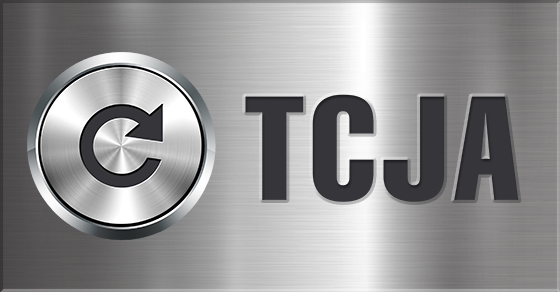If you’re the parent of a child who is age 17 to 23, and you pay all (or most) of his or her expenses, you may be surprised to learn you’re not eligible for the child tax credit. But there’s a dependent tax credit that may be available to you. It’s not as valuable as the child tax credit, but when you’re saving for college or paying tuition, every dollar counts!
Background of the credits
The Tax Cuts and Jobs Act (TCJA) increased the child credit to $2,000 per qualifying child under the age of 17. The law also substantially increased the phaseout income thresholds for the credit so more people qualify for it. Unfortunately, the TCJA eliminated dependency exemptions for older children for 2018 through 2025. But the TCJA established a new $500 tax credit for dependents who aren’t under-age-17 children who qualify for the child tax credit. However, these individuals must pass certain tests to be classified as dependents.
A qualifying dependent for purposes of the $500 credit includes:
- A dependent child who lives with you for over half the year and is over age 16 and up to age 23 if he or she is a student, and
- Other nonchild dependent relatives (such as a grandchild, sibling, father, mother, grandfather, grandmother and other relatives).
To be eligible for the $500 credit, you must provide over half of the person’s support for the year and he or she must be a U.S. citizen, U.S. national or U.S. resident.
Both the child tax credit and the dependent credit begin to phase out at $200,000 of modified adjusted gross income ($400,000 for married joint filers).
The child’s income
After the TCJA passed, it was unclear if your child would qualify you for the $500 credit if he or she had any gross income for the year. Fortunately, IRS Notice 2018-70 favorably resolved the income question. According to the guidance, a dependent will pass the income test for the 2018 tax year if he or she has gross income of $4,150 or less. (The $4,150 amount will be adjusted for inflation in future years.)
More spending money
Although $500 per child doesn’t cover much for today’s college student, it can help with books, clothing, software and other needs. Contact us with questions about whether you qualify for either the child or the dependent tax credits.










